
Because dinosaur feet make everything better (googly eyes, too, but this isn’t about them), Thingiverse user melgrubb created 3D-printed dino feet to support a flatscreen television. That’s cool, but he should have also printed little t-rex arms hugging the television from the sides.

According to Mel, he recently moved a wall-hanging television from one room to another, where it was to become a terrestrial model, but he couldn’t find the original feet (story of my life). His wife suggested 3D printing feet, and when he asked what they should look like, she said dragon feet. The rest is television history.

Of course, the odds of these feet being an exact fit for your television model are low, but they can be scaled up or down in different dimensions to make them fit your television’s bolts. Per Mel: “I printed them in a lovely marble filament, and my wife painted the nails with the ‘sluttiest’ red nail polish she could find at the dollar store. Now, this TV makes us smile even when it’s not turned on.” Haha, that TV makes me smile even when it’s not turned on, and it’s not my TV, and I’m just looking at a picture of it! Now that’s quality.
[via adafruit]
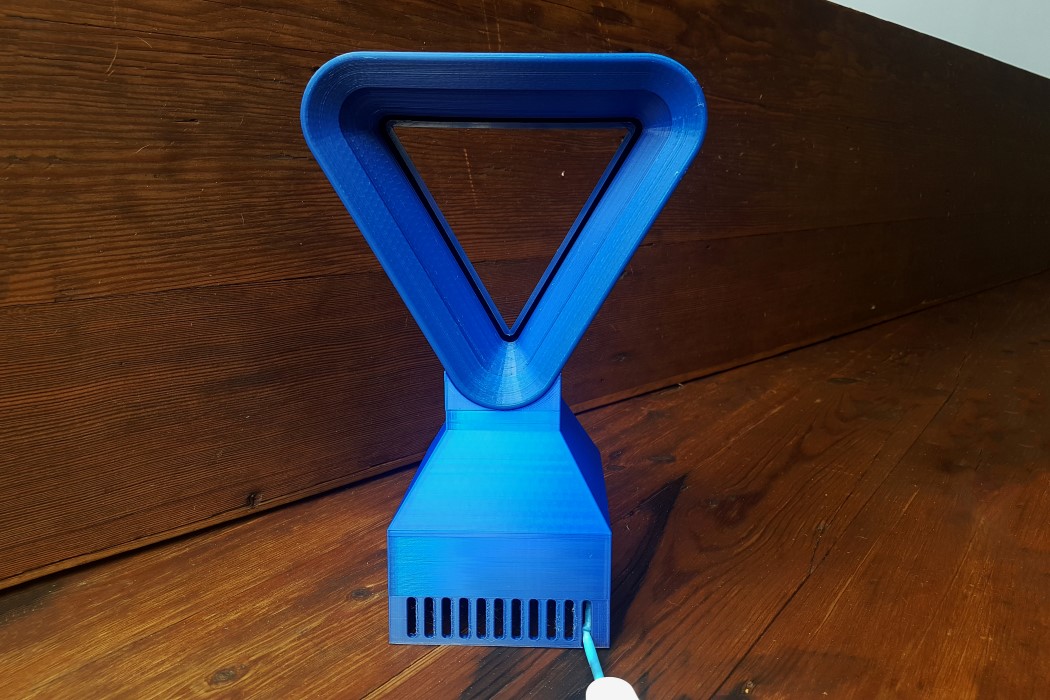
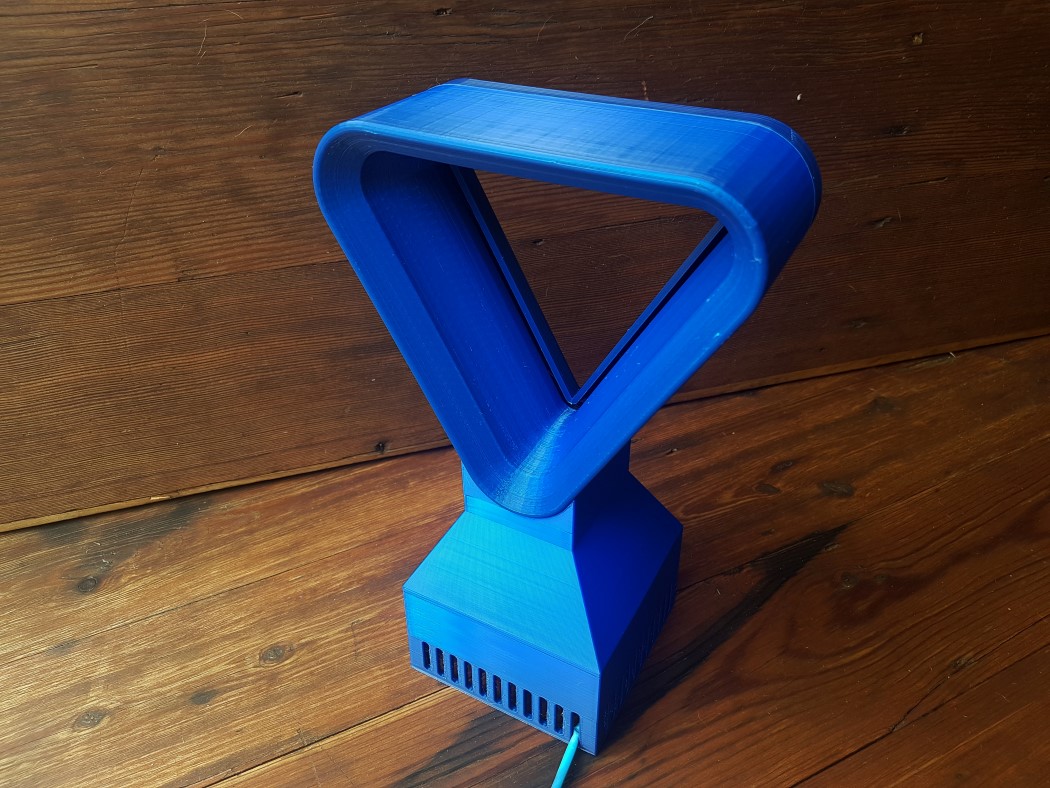
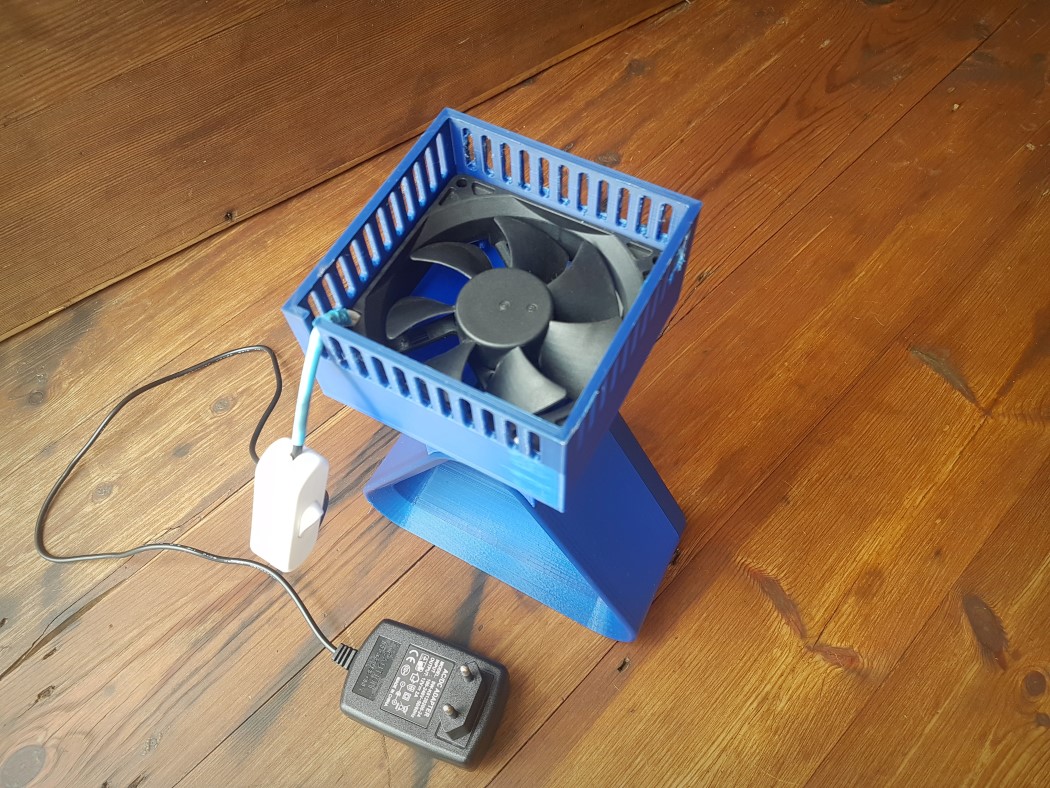
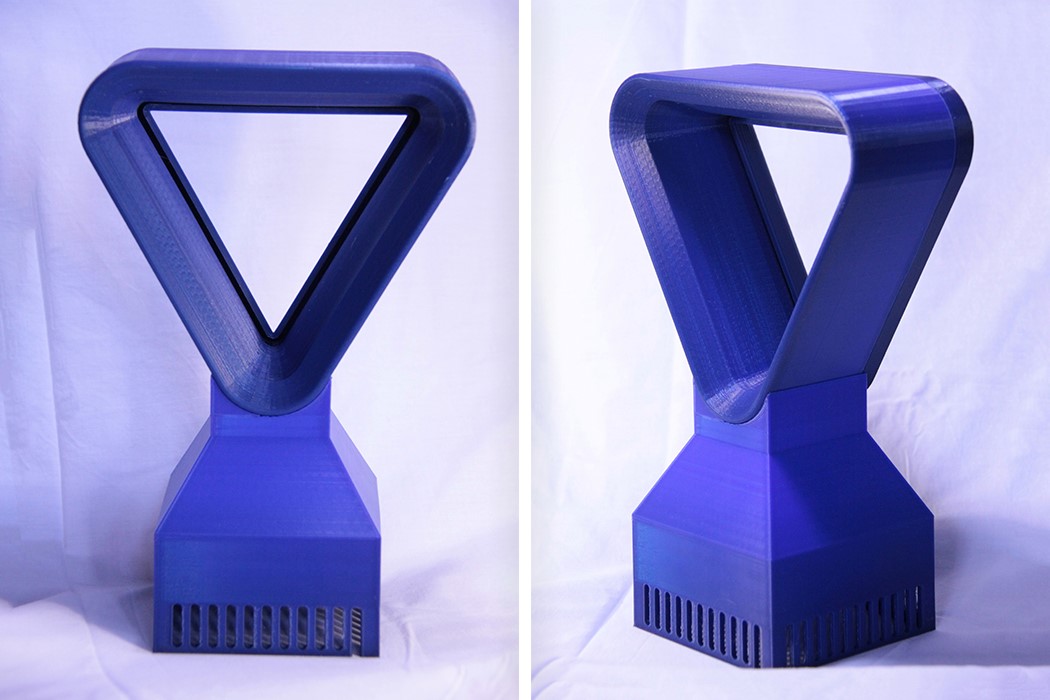
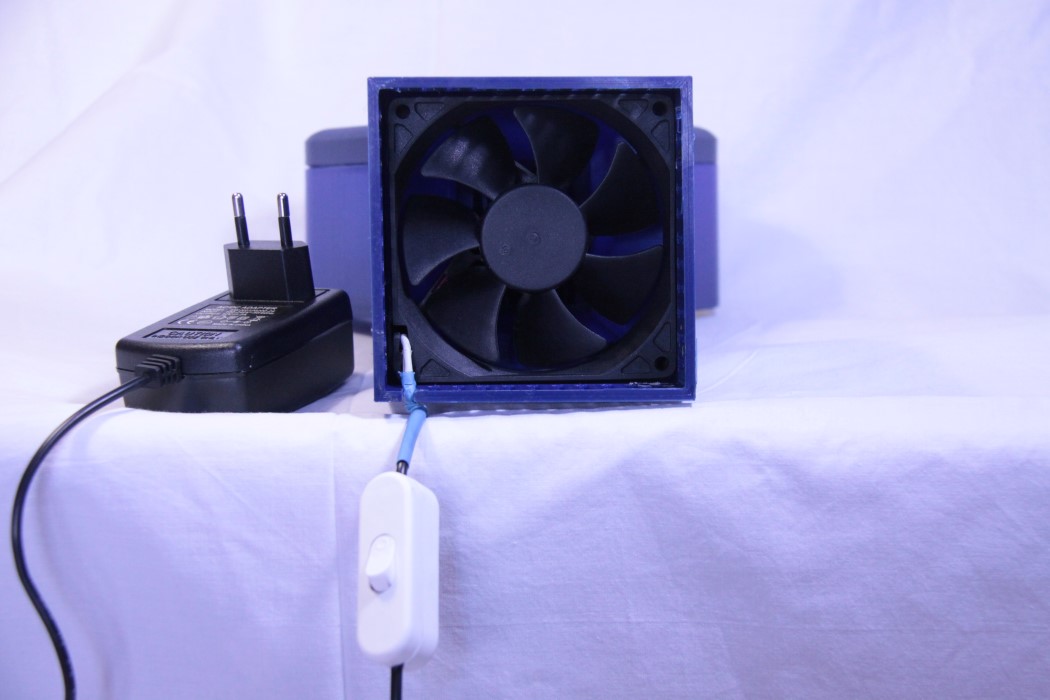


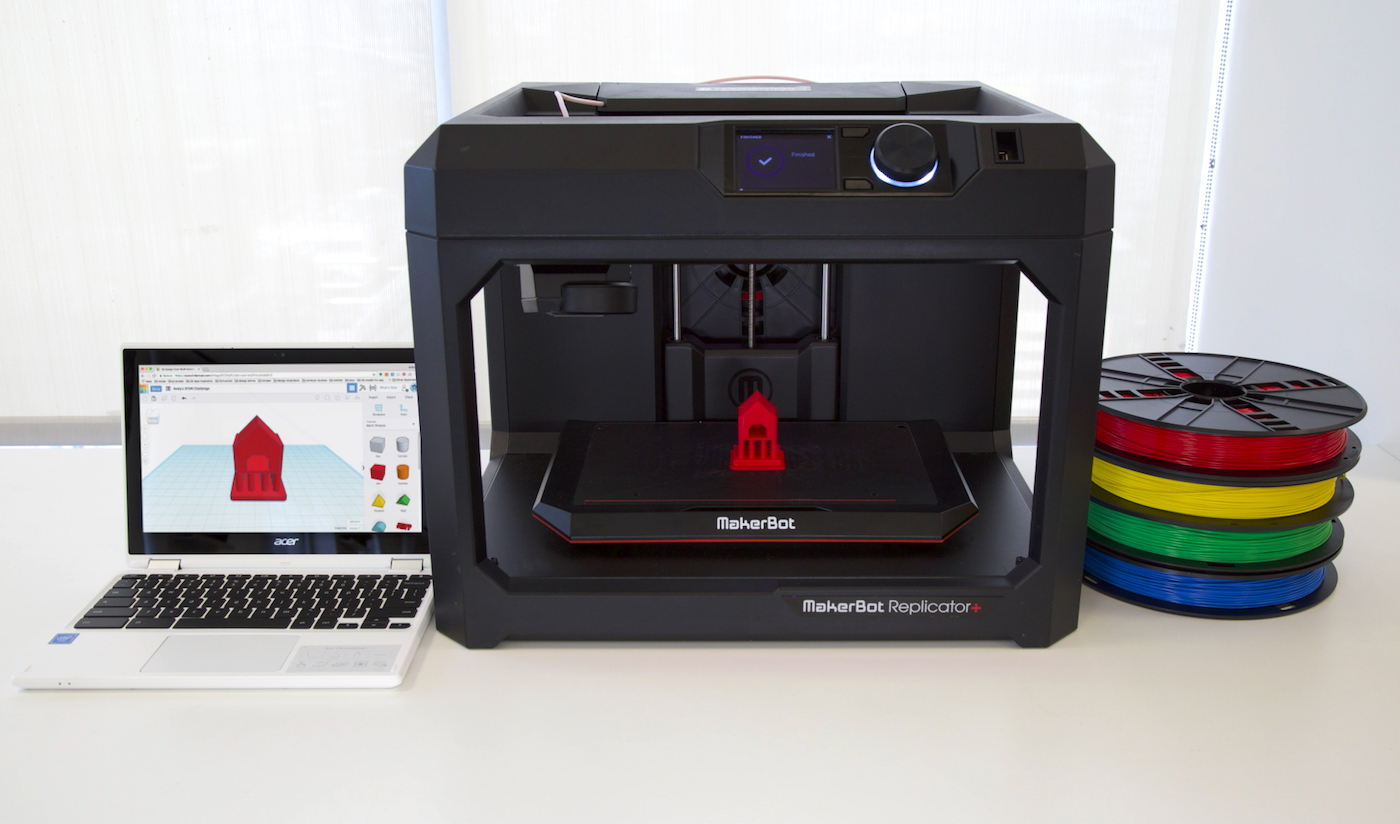 Earlier this year, Makerbot announced in its most recent bloodletting that it would focus more on the education market. Today we're seeing some of the fruits of that decision. First up is "My MakerBot," what the outfit describes as a cloud-enabled br...
Earlier this year, Makerbot announced in its most recent bloodletting that it would focus more on the education market. Today we're seeing some of the fruits of that decision. First up is "My MakerBot," what the outfit describes as a cloud-enabled br...
 Trying to stop unauthorized 3D printing is like plugging a hole in a dam with your finger -- once the template for an object leaks out, it's virtually impossible to stop the flood of bootleg prints. And MakerBot is learning this the hard way. The c...
Trying to stop unauthorized 3D printing is like plugging a hole in a dam with your finger -- once the template for an object leaks out, it's virtually impossible to stop the flood of bootleg prints. And MakerBot is learning this the hard way. The c...







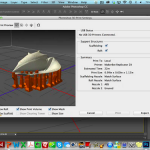 Photoshop, the piece of software that can make or break anyone’s image, has been recently updated to include 3D printing …
Photoshop, the piece of software that can make or break anyone’s image, has been recently updated to include 3D printing …





